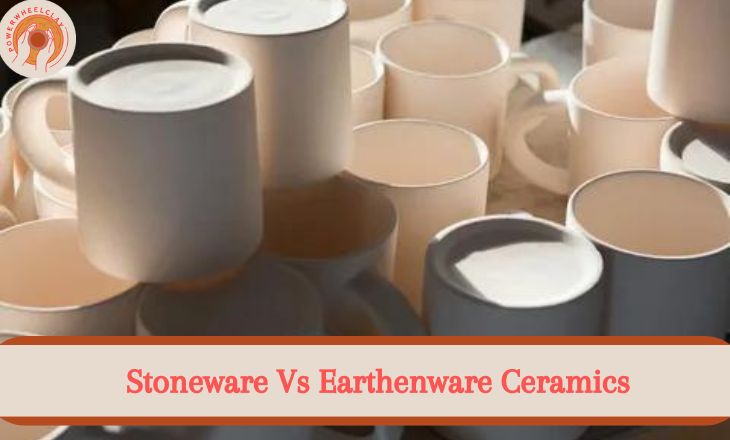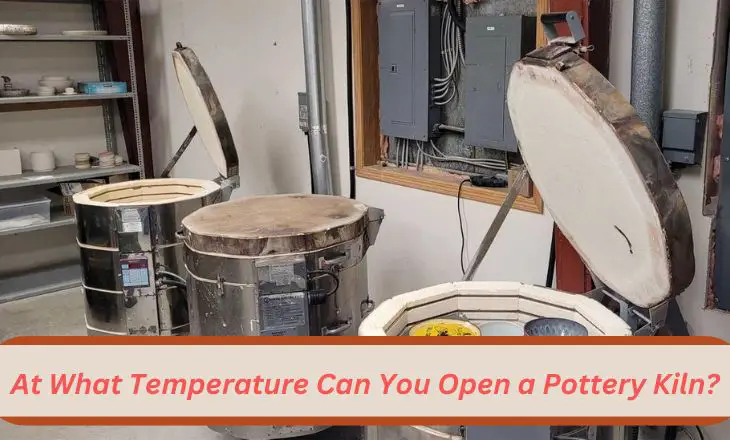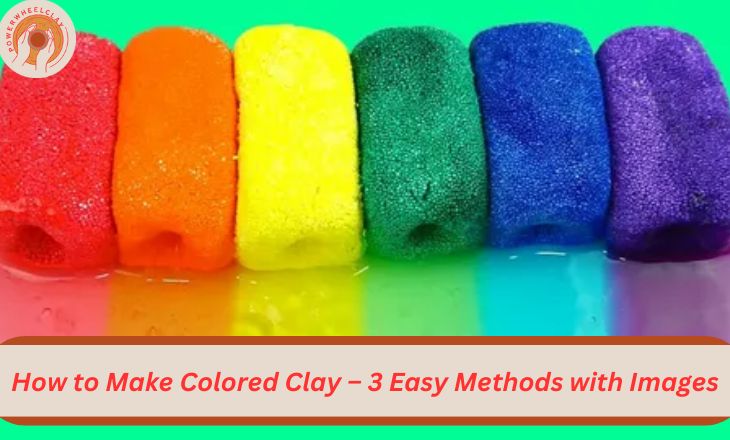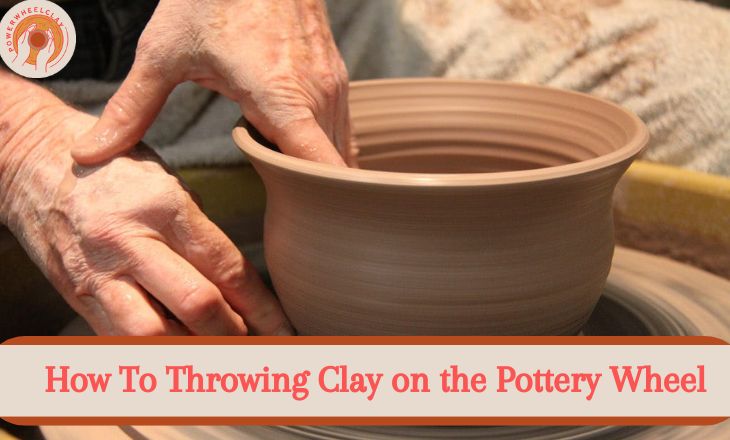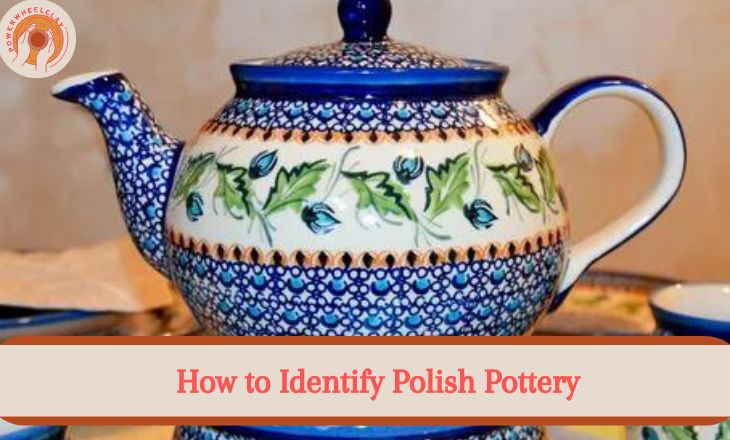Stoneware Vs Earthenware – How Do They Differ?
The distinction between Stoneware and Earthenware becomes a fascinating exploration of history, techniques, and aesthetics. They delve deeper into the realm of pottery, they discover a rich tapestry of traditions and innovations that have shaped these two distinct types of ceramics.
Pottery enthusiasts and novices alike often find themselves captivated by the artistry and craftsmanship of ceramic ware. Earthenware clay, with its earthy origins and historical significance, offers a traditional touch to pottery pieces, while stoneware clay boasts durability and versatility that elevate its appeal in modern ceramics.
Stoneware Vs Earthenware Clay or Ceramics
There are four types of clay but these two distinct types of pottery hold a rich history dating back centuries, each bearing its unique characteristics and charm. As we embark on this exploration, envision yourself transported to a world where creativity meets craftsmanship, where earthy materials are transformed into exquisite works of art through skillful hands and creative vision.
Once mere lumps of clay are sourced from the depths of the earth, stoneware and earthenware undergo a mesmerizing metamorphosis in the hands of skilled artisans. The allure lies not only in their final forms but also in the process that shapes them – a delicate dance between raw material and human ingenuity. Earthenware clay, known for its porous nature and rustic appeal, exudes a sense of timeless tradition as it yields vessels that whisper tales of ancient civilizations.
Earthenware Ceramics
Earthenware ceramics, crafted from clay and fired to achieve durability, possess a unique balance of insolubility and porosity. Despite being non-dissolving when submerged in water, earthenware retains a porous nature that allows some types of clay to absorb moisture. This characteristic not only adds to the charm of earthenware pieces but also enhances their functionality as vessels for liquids.
The porous quality of earthenware ceramics plays a vital role in their use for culinary purposes. The ability of the clay material to absorb water can contribute significantly to the flavor-enhancing properties of certain dishes when cooked or stored in these vessels.
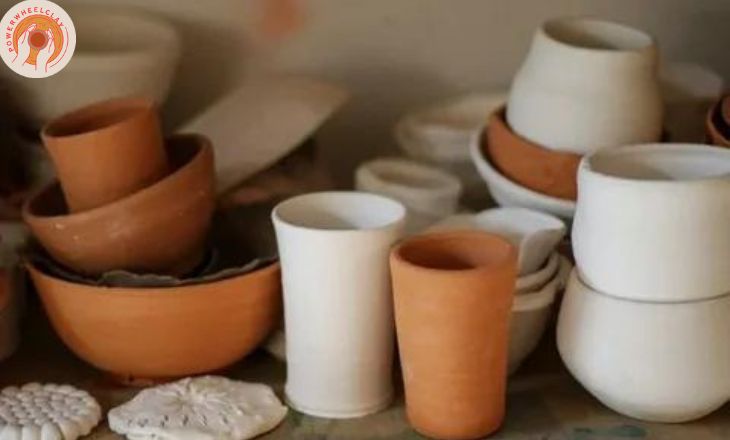
Porosity
When comparing porosity, stoneware ceramics stand in stark contrast to earthenware. With a lower porosity level, stoneware is not as absorbent as its earthenware counterpart. This fundamental difference plays a significant role in the functionality and usage of the two types of ceramic ware.
The porous quality of earthenware contributes to its unique texture and feel, making it distinct from stoneware or porcelain. This distinction in tactile sensation highlights how diverse material properties can impact not only practical considerations but also aesthetic preferences among pottery enthusiasts.
Strength
Earthenware clay, despite its vulnerabilities to chipping and breaking, holds a unique allure in the world of ceramics. Its inherent fragility is paradoxically its strength, as it invites reflection on the transient nature of all things. The imperfections and marks left on earthenware only add to its character, telling a story of resilience amidst delicate beauty.
In a world obsessed with perfection and durability, embracing earthenware ceramics can be seen as an act of rebellion against the industrialized sameness that surrounds us. Each crack or chip becomes a testament to the passage of time and the inevitability of impermanence. By cherishing these flaws instead of discarding them, we honor the richness of life’s journey – filled with bumps and bruises that ultimately shape our existence into something truly remarkable.
Stoneware Ceramics
Stoneware ceramics are known for their durability and strength, making them popular choices for both functional and decorative items. Unlike earthenware clay, stoneware is fired at a higher temperature, resulting in a dense and non-porous material that is more resistant to chipping and cracking. This makes stoneware ideal for everyday items such as dinnerware, baking dishes, and mugs.
An interesting characteristic of stoneware is its ability to retain heat, making it perfect for serving hot foods or beverages. The natural variations in the clay body can also create unique patterns and textures on the finished piece, adding to its aesthetic appeal. Stoneware pieces can be glazed in a variety of colors and finishes, allowing for endless creative possibilities in design.
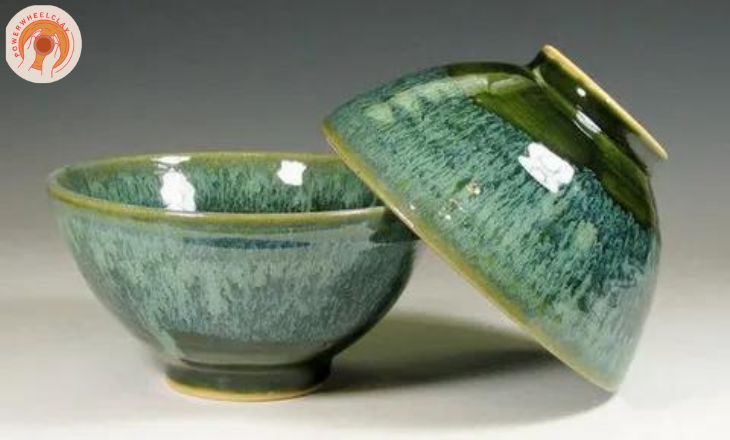
Porosity
Stoneware ceramics, with their low porosity compared to earthenware, offer durability and functionality without needing a glaze. The ideal porosity for stoneware varies from source to source, but the consensus is it should be significantly lower than earthenware. This non-porous nature ensures that stoneware pottery remains watertight even without a protective layer of glaze.
The reduced porosity of stoneware clay plays a crucial role in its strength and utility in functional pottery. By firing the clay properly, stoneware can uphold its integrity without absorbing or leaking water. This quality makes it an excellent choice for everyday items like dishes, mugs, and cookware as they do not require additional coating to maintain their usability.
Strength
Stoneware’s higher firing temperature results in a denser and more durable final product, making it an excellent choice for functional pottery that requires resilience.
The firing process also contributes to the color and texture of the finished ceramic pieces. Stoneware items tend to showcase deeper hues and richer textures due to the intense heat they undergo during firing. This characteristic not only enhances their aesthetic appeal but also adds a layer of sophistication and durability that elevates them above their earthenware counterparts.
5 SIMPLE STEPS to Start Making Amazing Pottery at Home…RIGHT NOW
Earthenware clay, also known as pottery clay, is a versatile and readily available material that artists and hobbyists can use to create beautiful pottery items. When working with earthenware clay, it’s essential to keep in mind its unique properties. Due to its lower firing temperature compared to other types of clay, earthenware pieces are generally more porous and have a warm, rustic aesthetic.
One key consideration when starting with earthenware clay is the potential for warping during the drying and firing process. To prevent this, ensure your pieces dry evenly by covering them with a damp cloth or plastic wrap.
Stoneware Vs Earthenware Clay
The difference between stoneware and Earthenware is given below:
Earthenware Clay
Earthenware clay, with its fine particles and smooth texture, offers artists a versatile medium for their creative endeavors. The plasticity of this clay allows for endless possibilities in shaping and molding, making it a favorite among pottery enthusiasts. Its journey from erosion to refinement imbues earthenware clay with a unique character that translates into the art created from it.
When working with earthenware clay, artists experience a tactile connection with the material – feeling its malleability as they bring their visions to life. The history embedded within each particle serves as a reminder of the earth’s powerful forces at play in the creation of something beautiful from humble beginnings.
Stoneware Clay
Stoneware clay, with its unique composition of various particles like ball clay and fire clay, offers a versatile medium for pottery creation. The inclusion of grog or sand in the mixture adds not just workability but also structural integrity to the clay. This internal support prevents the soft plastic clay from losing form and slumping during shaping, enabling artists to bring their intricate designs to life.
Incorporating grog or sand into stoneware clay not only enhances its malleability but also contributes to the durability of the finished ceramic pieces. The presence of these granular materials aids in reducing shrinkage and cracking during firing, resulting in more robust final products
How are Stoneware and Earthenware Ceramics Made
Stoneware clay, with its unique composition of various particles like ball clay and fire clay, offers a versatile medium for pottery creation. The inclusion of grog or sand in the mixture adds not just workability but also structural integrity to the clay. This internal support prevents the soft plastic clay from losing form and slumping during shaping, enabling artists to bring their intricate designs to life.
Incorporating grog or sand into stoneware clay enhances its malleability and contributes to the durability of the finished ceramic pieces. The presence of these granular materials aids in reducing shrinkage and cracking during firing, resulting in more robust final products. Artists can explore a wide range of possibilities with stoneware clay, leveraging its adaptive nature and strength to craft both functional ceramics and artistic masterpieces with ease.
Firing Stoneware and Earthenware Clay
When firing earthenware clay, it’s essential to understand the nuances of this process. Earthenware clay is known for its porous nature and lower firing temperatures compared to stoneware. The firing range for earthenware typically falls between 1700°F to 2100°F, resulting in a more delicate and rustic finish.
During the firing process, the unique characteristics of earthenware clay come into play. Its composition allows for vibrant glazes and intricate designs to shine through after firing, making it a popular choice for artistic creations and functional pottery alike. Understanding the specific requirements of earthenware firing can lead to stunning results that showcase the beauty and versatility of this traditional medium.
Vitrification
When it comes to vitrification in pottery, understanding the role of glass-forming materials is crucial. Clay bodies rich in these materials tend to achieve a higher level of vitrification, resulting in non-porous and more durable pieces. Earthenware clay lacks sufficient glass formers, leading to its porous nature even after firing. This distinction highlights the importance of choosing the right type of clay for specific pottery projects, depending on desired outcomes and functionality.
The challenges faced by earthenware clay during firing further emphasize the significance of understanding how different clay bodies respond at various temperature ranges. By delving deeper into these intricacies of vitrification, potters can enhance their craft and create aesthetically pleasing and long-lasting pieces.
Earthenware Vs Stoneware Glazes
The choice between earthenware and stoneware glazes plays a significant role. The vibrant hues and shiny finish of earthenware glazes are a result of the lower firing temperatures at which they are typically fired. Stoneware glazes often exhibit more subdued, natural tones due to the higher firing temperatures required. This difference in color palette offers a spectrum for personal preference – whether one leans towards the lively brightness of earthenware or the earthy elegance of stoneware.
Both earthenware and stoneware glazes offer unique characteristics that cater to different tastes and styles in the world of ceramics.
The Body-Glaze Layer
Earthenware clay, unlike stoneware, cannot form a strong body-glaze layer due to its different fluxing properties. The surface of earthenware pottery tends to merely hold the glaze rather than create a fused intermediary layer. This distinction results in a less durable finish compared to stoneware, making earthenware more prone to chipping and wear over time. This characteristic also gives earthenware its unique rustic charm and allows for vibrant colors and intricate designs to stand out on its surface.
Embracing the differences in how these clays interact with glazes opens up a world of possibilities for pottery enthusiasts seeking diverse textures, finishes, and surface treatments in their creations.
Ovenware and Dinnerware
Earthenware and stoneware may have distinct characteristics, but both shine in their ways when it comes to ovenware and dinnerware. Earthenware, with its porous nature, is excellent for providing even cooking as it absorbs heat slowly and distributes it evenly. Stoneware’s durability and ability to handle high temperatures make it ideal for baking dishes that require sustained heat. While earthenware adds a rustic charm to the dining table, stoneware boasts a more refined and elegant appearance that complements modern kitchen aesthetics seamlessly.
When choosing between earthenware or stoneware ovenware and dinnerware, consider not just their visual appeal but also how they will function in your kitchen
Is Stoneware or Earthenware Best?
Stoneware and earthenware are both popular choices for kitchenware due to their durability and rustic charm. Stoneware is fired at a higher temperature than earthenware, making it less porous and more resistant to chipping and scratching. This makes stoneware ideal for everyday use in the kitchen, as it can withstand frequent use and cleaning.
Earthenware has a more traditional look and feel, with a softer clay composition that gives it a slightly more fragile nature compared to stoneware. While earthenware may not be as durable as stoneware, its porous nature allows for better heat retention when cooking certain dishes.
FAQ’s
What is a glaze layer?
A glaze is a thin transparent or semi-transparent layer on a painting that modifies the appearance of the underlying paint layer. Glazes can change the chroma, value, hue, and texture of a surface.
What is the purpose of glaze?
Ceramic glaze, or simply glaze, is a glassy coating on ceramics. It is used for decoration, to ensure the item is impermeable to liquids, and to minimize the adherence of pollutants.
Is Stoneware Breakable?
Yes, stoneware is breakable, though it’s more durable and chip-resistant than earthenware due to its denser composition and higher firing temperature. While it can withstand everyday use and minor impacts, it can still crack or shatter if dropped or exposed to sudden temperature changes. Despite its strength, it’s important to handle stoneware with care to prevent damage.
How To Tell If Earthenware Or Stoneware?
You can tell the difference by examining the texture and weight. Stoneware is typically denser, heavier, and has a smoother, more refined surface, while earthenware is lighter, more porous, and has a rougher, earthy texture. Stoneware is often fired at higher temperatures, making it less likely to absorb water, while earthenware may feel more fragile and chalky.
Is Terracotta Clay Earthenware Or Stoneware?
Terracotta clay is a type of earthenware. It’s a porous, low-fired clay that is typically reddish-brown due to its high iron content. Terracotta is often used for garden pots, tiles, and rustic pottery, and it has the characteristic porous nature of earthenware, making it less durable than stoneware.
